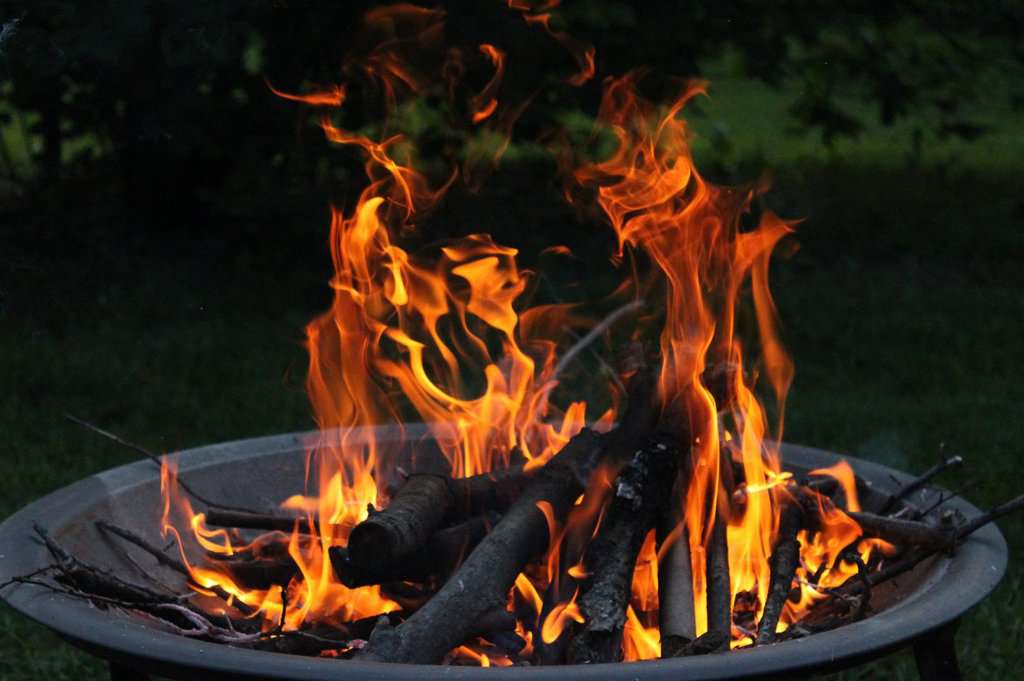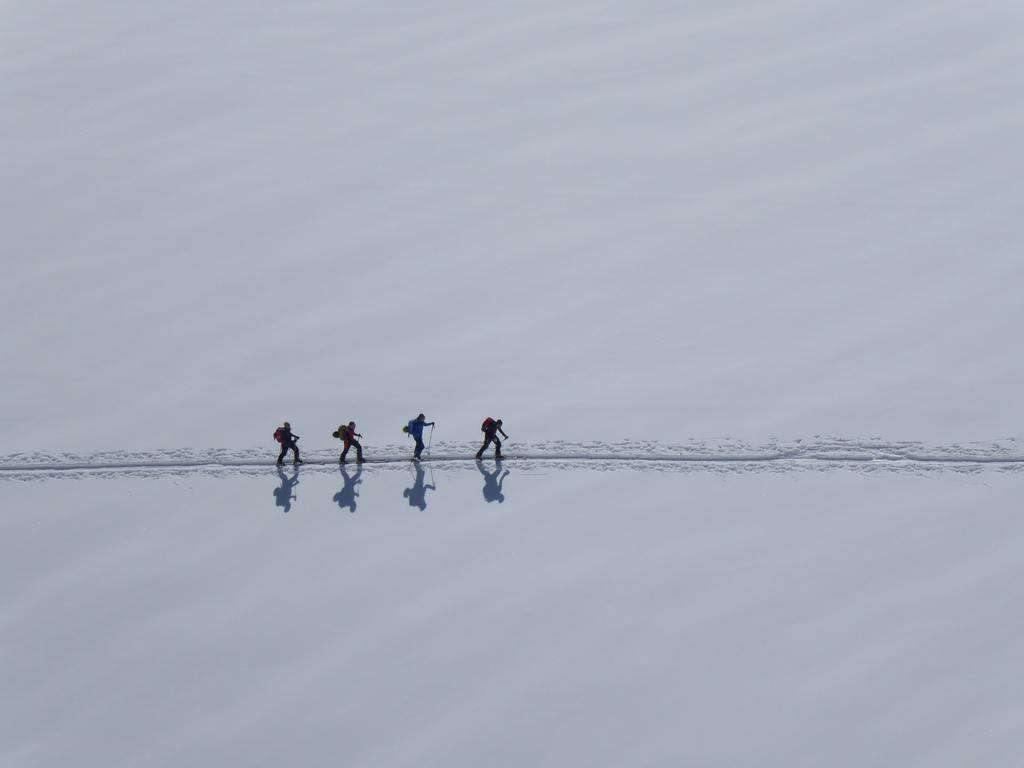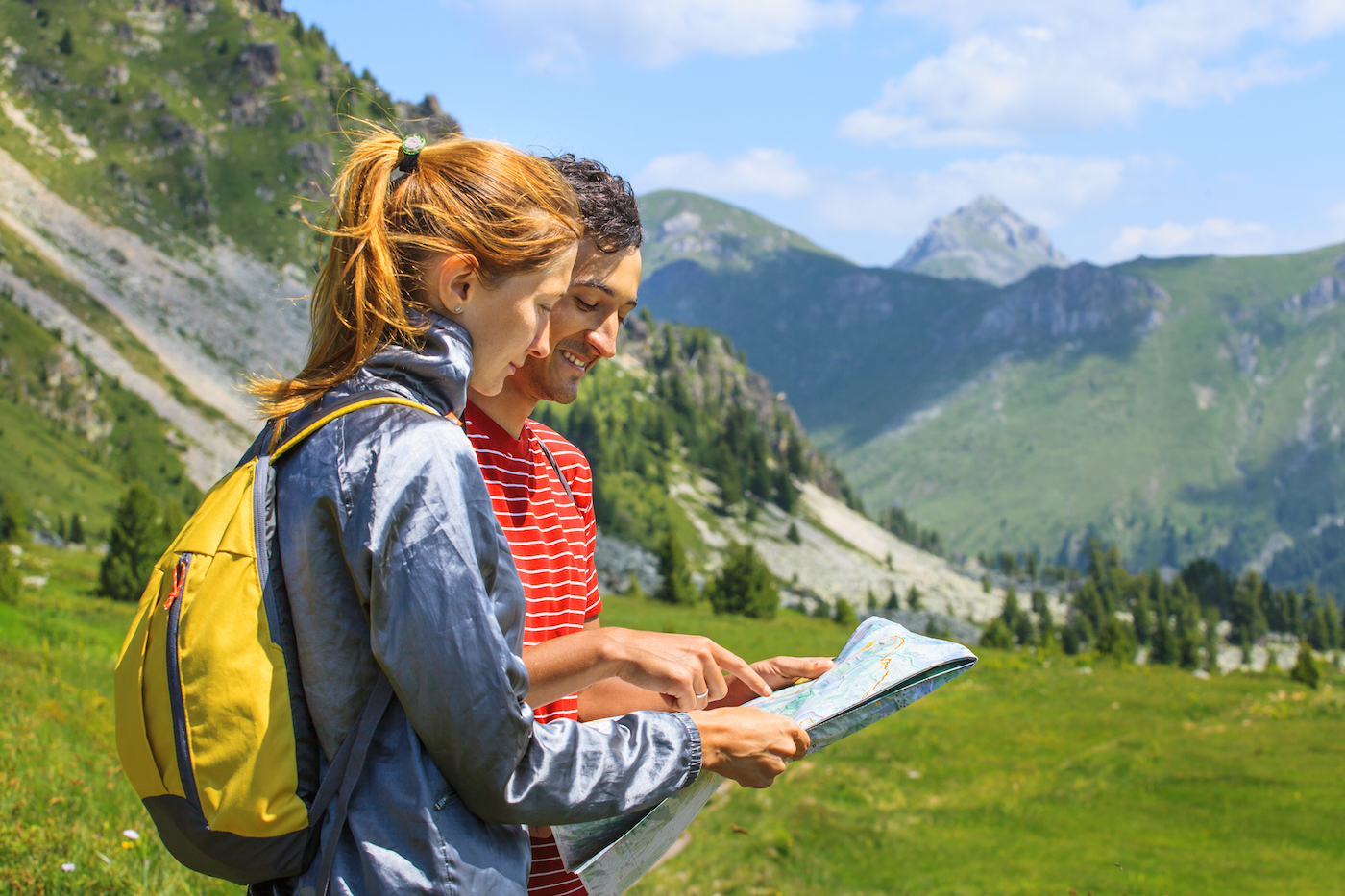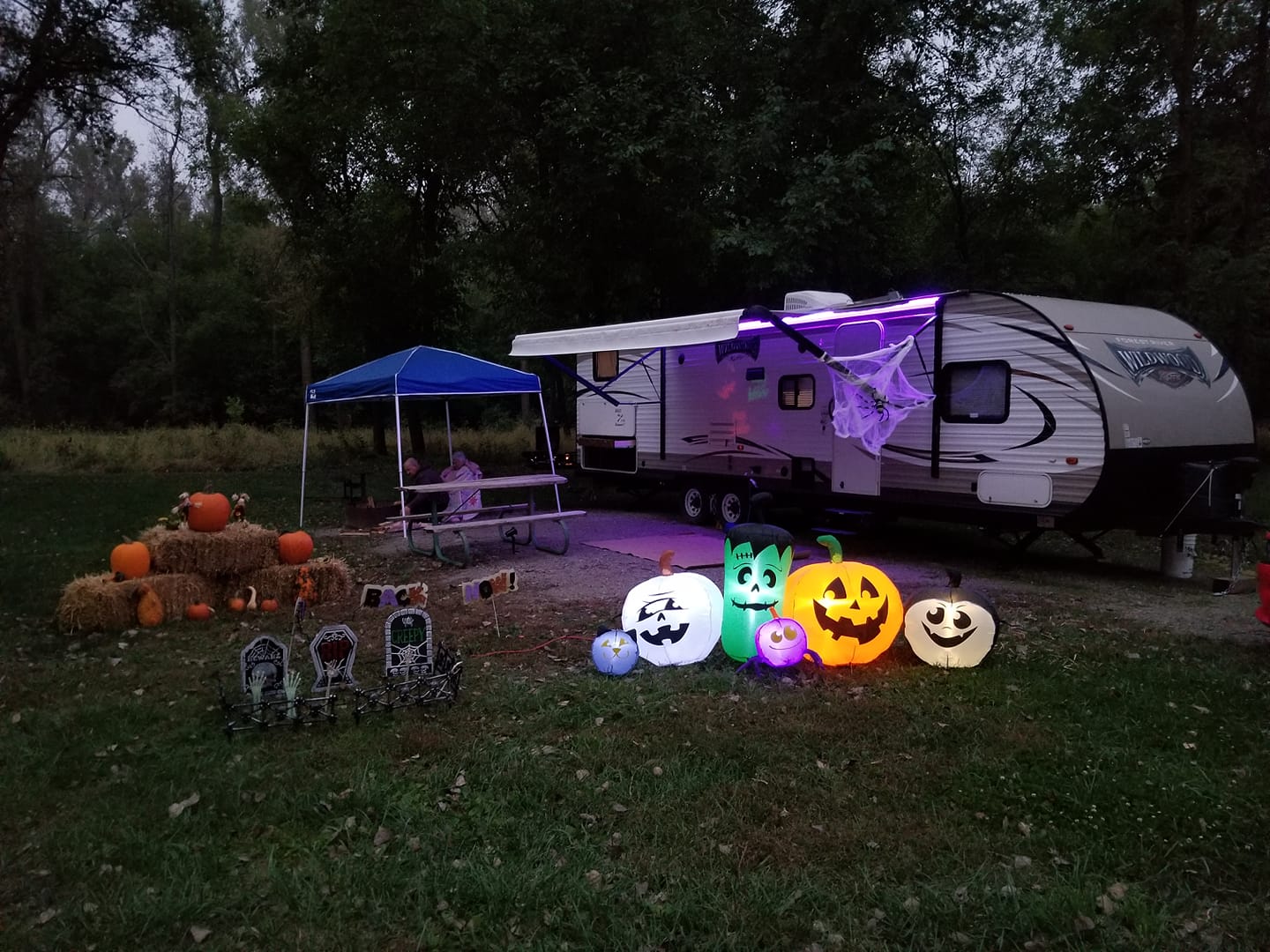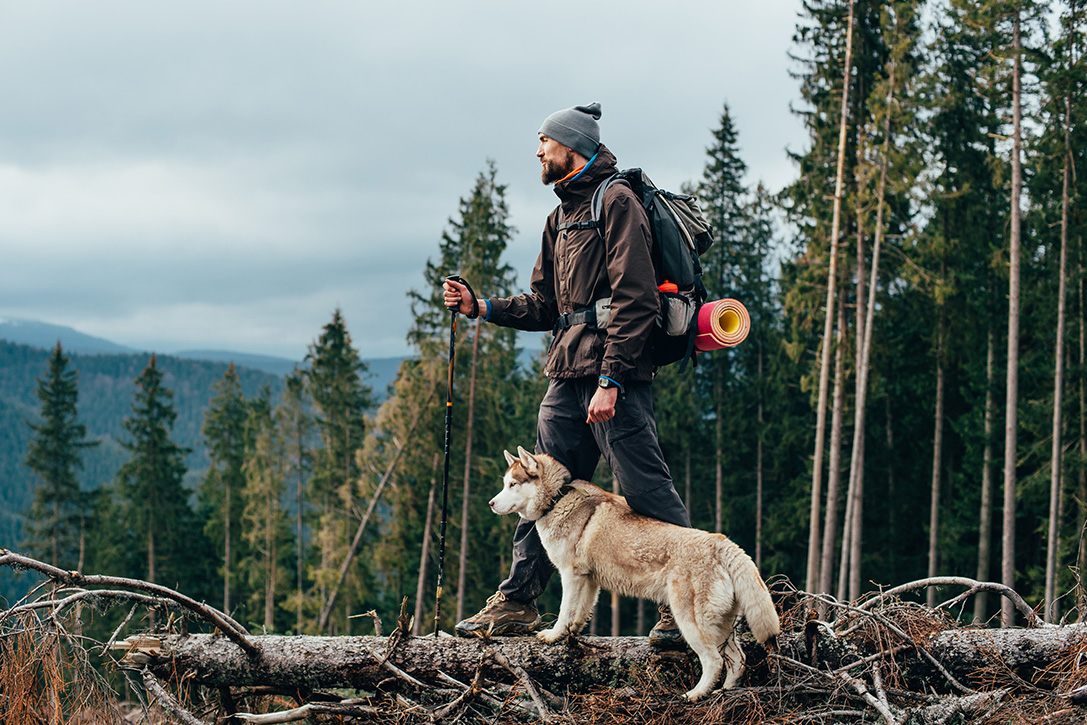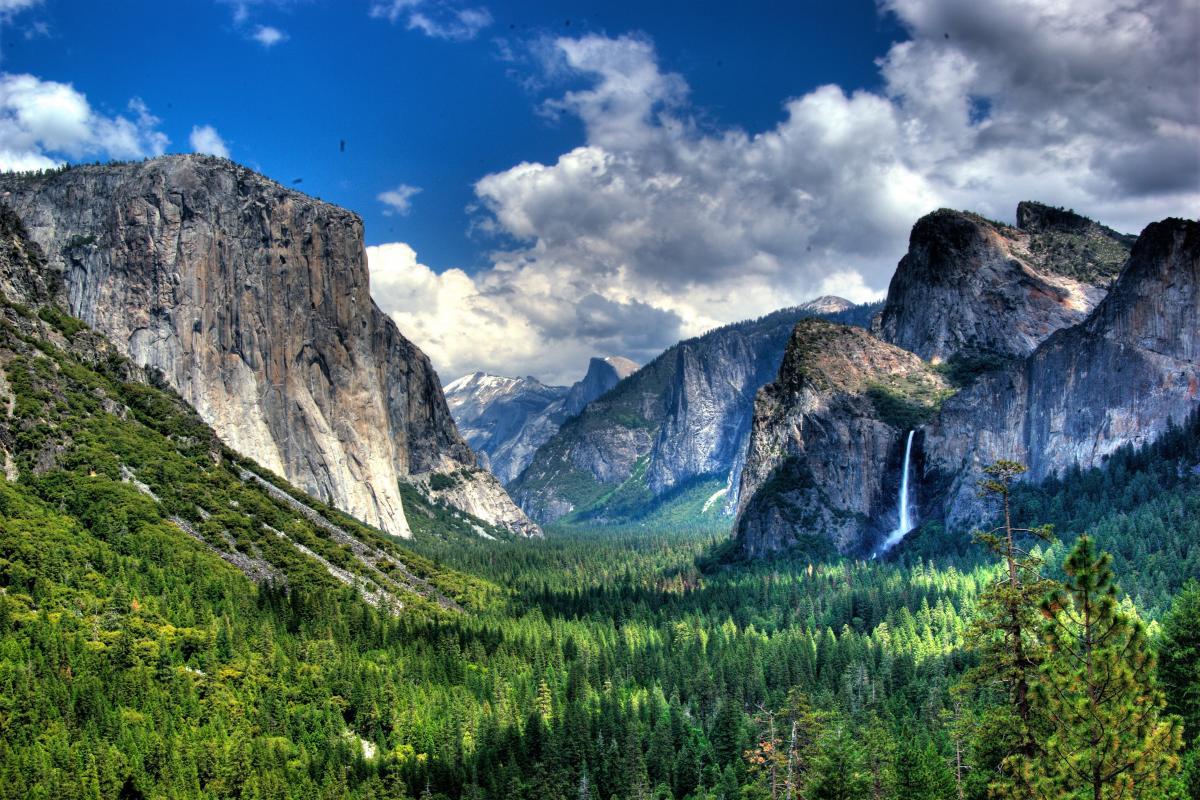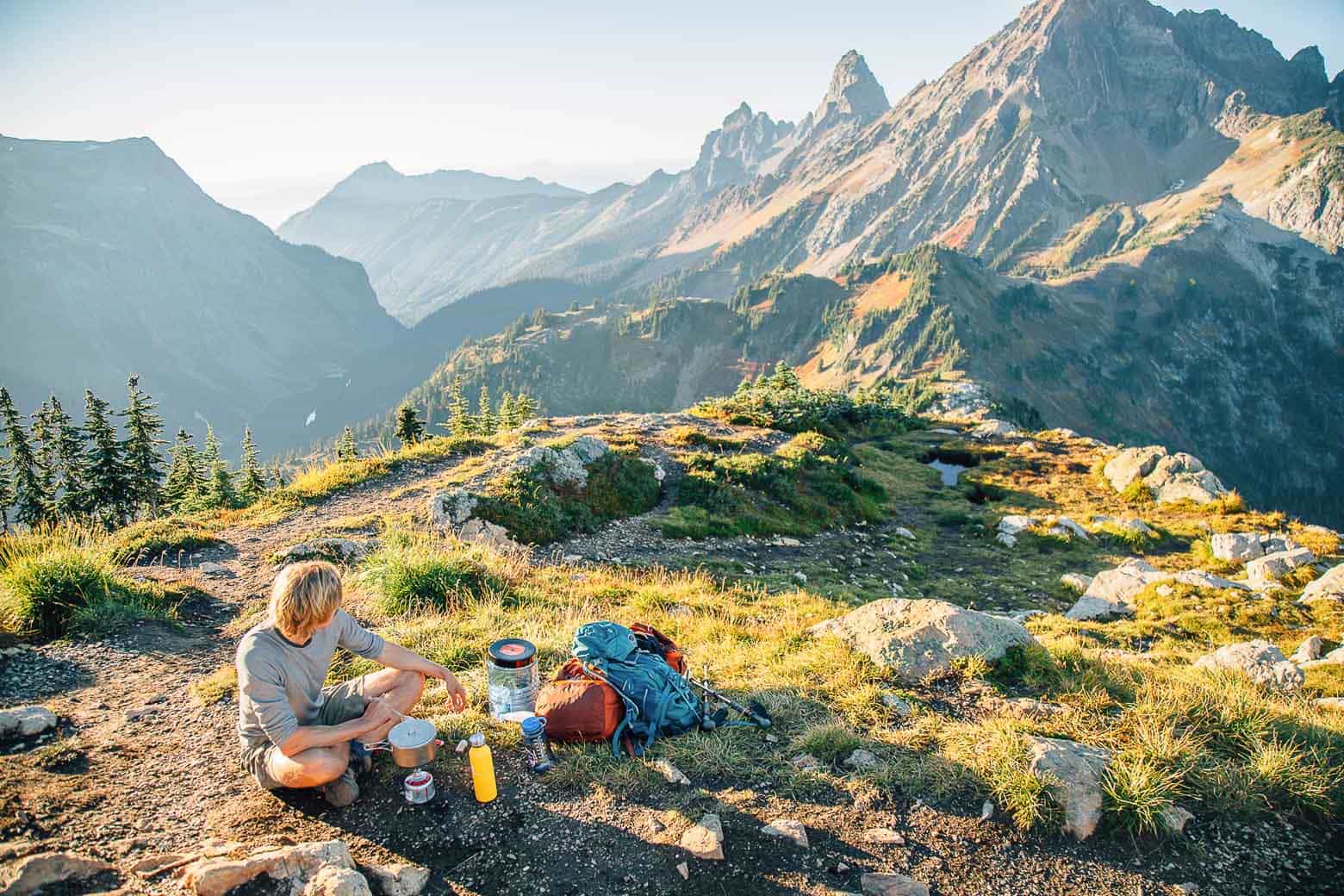Campfires have been a camping tradition for as long as camping has existed. Today, fire pits have taken over, adding a modern twist to this age-old tradition. They provide warmth, light, a place for cooking, and an irresistible centerpiece for storytelling and camaraderie. But while a fire pit can elevate your camping experience, it’s crucial to prioritize safety and ensure it’s used responsibly.
Contents
Selecting the Right Fire Pit for Camping
Not all fire pits are suitable for camping. When selecting a fire pit for camping, consider its portability, safety features, and ease of use.
Portability
Look for a fire pit that’s lightweight, compact, and easy to transport. Models with foldable legs or carrying cases get extra points for convenience.
Safety Features
Key safety features to look for include a spark screen, a stable base, and heat-resistant materials. If you’re considering a gas fire pit, check for a control knob that allows you to easily adjust the flame.
Ease of Use
When you’re camping, the last thing you want is a complicated setup. Look for a fire pit that’s easy to assemble and disassemble, and one that doesn’t require special tools or excessive time to start a fire.
There are many fire pit options on the market, from wood-burning and propane to bioethanol and gel fuel models. Each type has its pros and cons, so weigh these against your needs and camping conditions to find the perfect fit.
Wood-Burning Fire Pits
Pros: They give you the traditional campfire experience, complete with the crackling sounds and the smell of burning wood. They’re generally less expensive and don’t require a gas supply.
Cons: They produce smoke, which can be irritating for some people. Starting a fire can take some time and skill. Wood can be bulky to transport, and some campgrounds have restrictions on bringing in outside wood due to pest concerns.
Propane Fire Pits
Pros: They are easy to light and control, and there’s no smoke or sparks. They’re a great option for quick setup and cleanup.
Cons: They’re typically more expensive and you need to carry a propane tank, which can add to your load. The flame doesn’t get as hot as a wood fire, which may affect cooking.
Bioethanol and Gel Fuel Fire Pits
Pros: Like propane fire pits, they’re easy to light and control, with no smoke or sparks. They’re typically compact and lightweight, making them great for portability.
Cons: The heat output is usually lower than wood or propane fires. The fuel can be expensive and less commonly available than wood or propane.
Each of these fire pits has its place. Your choice depends on your needs, the camping environment, and personal preference. So weigh the pros and cons before you decide!
Choosing the Correct Placement for Your Fire Pit
Placement is critical when setting up your fire pit at a campsite. Here’s what you need to consider.
Keeping Distance from Flammable Materials
Position your fire pit at least 10 feet away from tents, sleeping areas, and flammable materials. Remember to consider the direction of the wind and position the fire pit downwind of your camp area to prevent smoke from blowing into your tent.
Ground Preparation
Before setting up your fire pit, clear the area of dry leaves, twigs, and other flammable debris. For added safety, you can create a fire-resistant surface by placing the fire pit on a bed of gravel or sand, or a specially designed fire pit pad.
Setting up Safety Boundaries
Once your fire pit is set up, it’s important to establish a safety zone around it.
Establishing a Safe Zone
Create a boundary of at least three feet around the fire pit. This area should be kept clear of flammable materials, and foot traffic should be kept to a minimum.
Supervision
Supervision is crucial, especially if there are children or pets at your campsite. Never leave them unattended near the fire pit. Teach children about the dangers of fire and set clear rules about staying away from the fire pit.
Remember, safety is paramount when enjoying your fire pit. The right placement and safety boundaries can ensure a safe and enjoyable camping experience for everyone.
Fire Pit Operation: Lighting, Maintenance, and Extinguishing
Operating a fire pit safely involves proper methods for lighting, maintaining, and extinguishing the fire. Let’s explore these aspects in detail.
Safe Methods for Starting a Fire
Use small sticks, dry leaves, or fire starters as kindling. Build a small teepee or log cabin structure with larger pieces of firewood on top. Avoid using flammable liquids like gasoline or lighter fluid, as they can cause dangerous flare-ups.
Maintaining the Fire
Keep the fire at a manageable size by adding firewood gradually. Avoid overcrowding the fire pit, as this can lead to sparks and embers flying out. Be mindful of the wind conditions, as strong gusts can increase the risk of fire spreading. Always have a fire poker or tongs handy to adjust the firewood as needed.
Correctly Extinguishing a Fire
To extinguish the fire, follow these steps:
- Allow the firewood to burn down to ashes, if possible.
- Use a long-handled shovel or fire rake to spread out the ashes, making sure there are no remaining hot spots.
- Slowly pour water over the ashes, starting from the edges and moving toward the center. Stir the ashes and water together to ensure complete saturation.
- Continue adding water until the hissing sound stops, indicating that the fire is completely out.
- Afterward, use a shovel or tongs to check for any remaining hot spots and wet them thoroughly.
Remember, never leave a fire unattended, and always ensure it is fully extinguished before leaving the campsite or going to sleep.
What to Do in Case of a Mishap
Even with all precautions, mishaps can occur. Here’s what you should do in case of a fire-related incident.
Basic Fire Mishap Response
If clothing catches fire, remember the “stop, drop, and roll” technique. Stop immediately, drop to the ground, cover your face, and roll over and over to smother the flames. This helps to minimize the spread of fire and protect yourself from further harm.
For small fires on clothing or in the fire pit, you can use a blanket, jacket, or dirt to smother the flames. Do not use water, as it can spread the fire or cause burns from steam.
First Aid Kit and Fire Extinguisher
Always have a well-stocked first aid kit available at your campsite. It should contain supplies for treating burns, cuts, and other injuries. Additionally, keep a fire extinguisher nearby and ensure everyone knows how to use it effectively.
Emergency Services Contact Information
Before embarking on your camping trip, make note of the emergency contact information for the local fire department, police, and medical services. In case of a severe mishap, promptly call for professional help.
Conclusion
As you enjoy the warmth and ambiance of a fire pit during your camping adventure, never forget the importance of safety. Mishaps can happen, but with the right knowledge and preparedness, you can minimize the risks.
Revel in the joy of nature, the company of loved ones, and the magic of a crackling fire, all while ensuring everyone’s safety. Follow the guidelines, be prepared for emergencies, and let the glow of the fire pit create beautiful memories that will last a lifetime.
Last Updated on August 18, 2023
